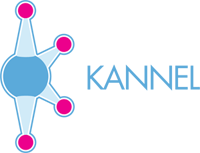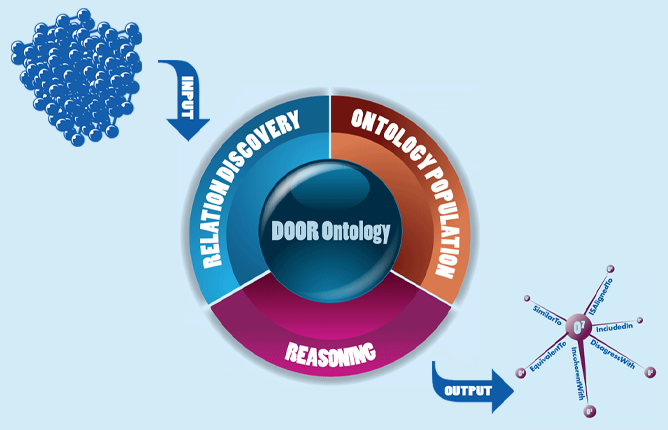About

The Semantic Web was envisioned as a large-scale, distributed knowledge base consisting of numerous ontologies available online. While these ontologies could be found through dedicated search engines, their relationships—such as inclusion, incompatibility, similarity, or versioning—were often implicit and not explicitly provided.
To address this, KANNEL was designed to detect and identify implicit relations between ontologies. It featured a flexible and extensible detection component that could integrate new mechanisms for discovering various semantic relationships.
KANNEL also included reasoning components that supported users in exploring and utilizing ontology relations. It enabled querying for relationships that were either automatically detected or inferred through ontological and rule-based reasoning, using the DOOR ontology as its foundation.
The DOOR ontology served as a semantic structure that explicitly represented implicit relations between ontologies. It formalised their hierarchical structure and properties, acting as the core of KANNEL by connecting different components and enabling querying and reasoning.
Additionally, KANNEL’s populating component handled the task of relation instantiation, populating the DOOR ontology with instances of automatically detected relationships.
